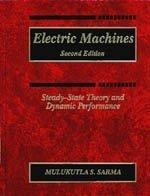|
This section contains 2,264 words (approx. 8 pages at 300 words per page) |

|
Was there a moment of creation for the universe, or has the universe always existed? The steady-state theory is a cosmological theory for the origin of the universe that suggests the universe has always existed and did not have a moment of creation. This theory was popular during the 1950s and 1960s, but because of observations made during the 1960s, few, if any, astronomers now think that the steady-state theory is correct. The basic tenet of the steady-state theory is that the universe on a large scale does not change with time (evolve). It has always existed and will always continue to exist looking much as it does now. The universe is, however, known to be expanding. To allow for this expansion in an unchanging universe, the authors of the steady-state theory postulated that hydrogen atoms appeared out of empty space. These newly created hydrogen atoms...
|
This section contains 2,264 words (approx. 8 pages at 300 words per page) |

|


